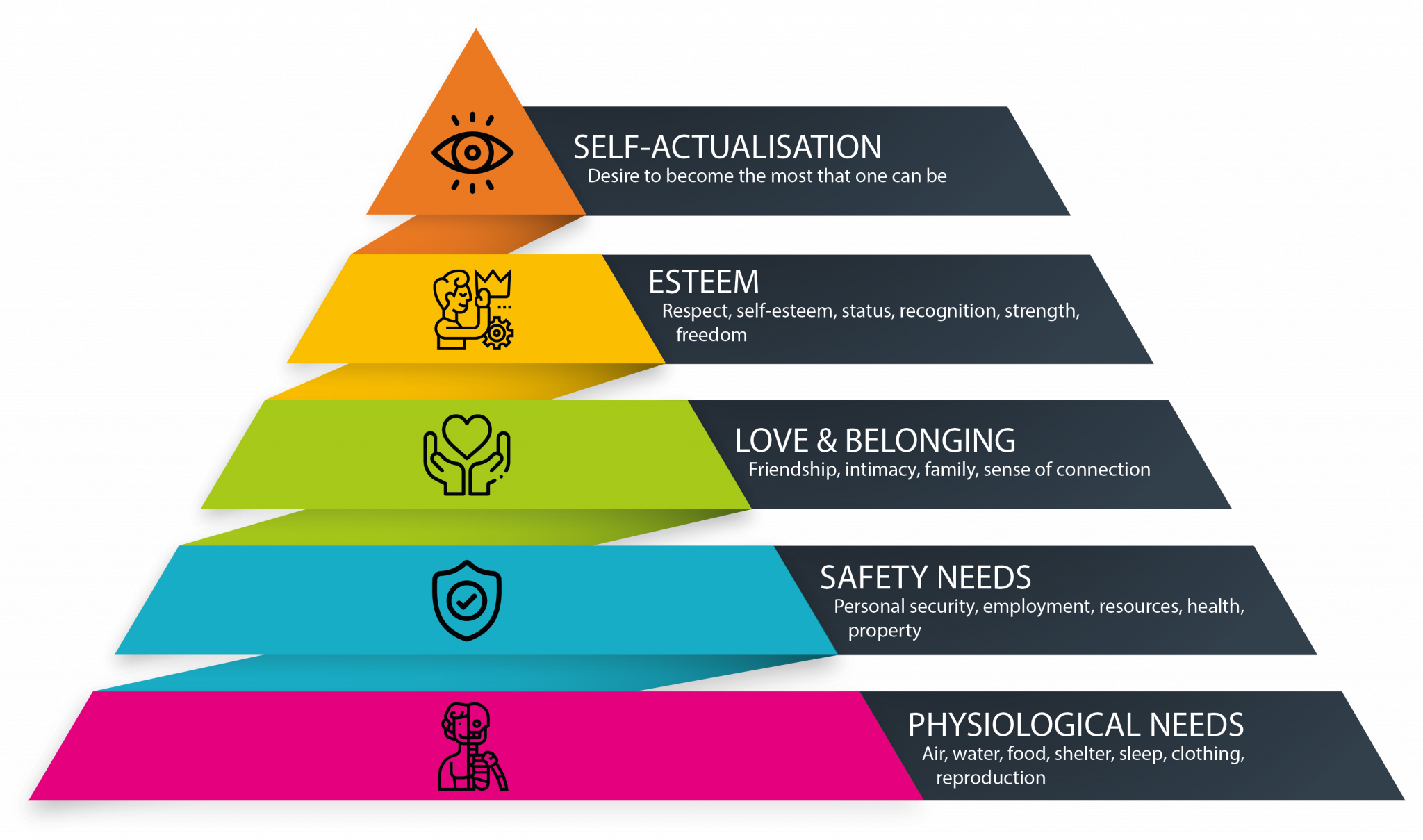What types of subjects do Yoga Teachers have to learn, in order to become a certified teacher? Below are the common elements included in a YTT course. While some of these could be add-ons (Business & Marketing, Teaching tips, etc.), most are required learning in order to pass certification requirements.
If you’re unsure of whether a particular YTT program is for you, find out what is included, and then compare it to the certification you wish to achieve:
- Yoga Alliance,
- International Association of Yoga Therapists (IAYT), and/or
- Ministry of AYUSH (Indian Government Certification)
What are the differences?
- Yoga Alliance is the largest nonprofit association representing the yoga community, with over 7,000 Registered Yoga Schools (RYS) and more than 100,000 Registered Yoga Teachers (RYT) as of April 2020.
- IAYT is a private company that is attempting to become an international registration body.
- AYUSH is not privately-owned, but a ministry of the Indian Government, and many countries require this certification for you to teach internationally.
Is this cultural appropriation?
It is always prudent to pay attention to your teachers and their level of respect for the source material they are sharing. For this reason, many students opt for a school that is mainly in India where yoga originated, although that in no way guarantees a school or teacher is ‘the best.’ Hence the reason for the different registration bodies who keep an eye on schools and their offerings.
However, having that said please know that the greatest yogis like Swami Vivekananda or T.K.V. Desikachar have always hoped for yoga being adopted around the world. The world profits from yoga tremendously. Yoga is not of a specific culture. It is the foundation and teaching of a better life and not something cultural or religious. It “just so happened to come from India”
Nikolai Manek – Yogamu
Common Elements of a Yoga Teacher Training Course
History & Philosophy
- The Yoga Sutras
- 8 Limbs of Yoga
- Upanishads
- Bhagavad Gita
Yoga Anatomy
- The Spine
- Muscles & Nerves
- Skeletal & Connective Tissue
- Foot, Knee & Hips
- Breath & Bandhas
- Shoulders & Arms
- The Psoas
- The Bodily Systems
The Asanas
- 6 Principles of Alignment
- Detailed ‘How To’ for 50 Different Postures
- Adjustments & Modifications
- Teaching Cues
- Injury Considerations
- What to Look For When Teaching
Pranayama
- Detailed ‘How To’
- Classroom Guidance
- Benefits
- Modifications & Considerations
- Teaching Cues
Meditation
- History
- Anatomy of Meditation
- Benefits
- Detailed ‘How To’
- Guiding Meditation
Yoga Business & Marketing
- Finding Teaching Opportunities
- Outreach
- Branding & Marketing
Mudras
- Benefits
- Guidance & Considerations
Teaching Tips
- Key Qualities of a Great Yoga Teacher
- Develop Your Voice
- Class Room Set-up
- Building Your Class Experience
Sequencing & Structure
- Creative Imagery
- Developing Your Sequence
- Safe Class Structure
- Building Class Themes
Beyond the Mat
- Qualities of a Great Yoga Teacher
- Overcoming Fears & Developing Confidence
- Discover Your Style
- Ethical Considerations
Chakra Therapy
- Energetic Associations
- Healing Affirmations
- Associated Postures
Different Styles of Yoga
- Hatha
- Yin Yoga
- Hot Yoga
- Kundalini
- Iyengar Yoga
- Restorative Yoga
- Vinyasa Yoga
- Ashtanga
Should I be ‘Registered’ with the Alliance?
To be brief: An RYT (Registered Yoga Teacher) is a registration credential created by the world’s registries and granted to a teacher after a teacher is certified. While there are no set regulations on what level of training is necessary to teach Yoga, choosing to pursue teacher certification demonstrates a teacher’s commitment to yoga. CYT (Certified Yoga Teacher) certification reveals that a yoga instructor has pursued a certain level of education in yogic methods and philosophy. Despite the avalanche of new information, teachers voluntarily continue to improve their skills with a variety of educational avenues available. Onsite workshops and intensives continue to exist while online, distance learning, and virtual courses are readily available.
What is the difference and how come there is so much confusion? It is important to understand the difference between being certified and being registered as a yoga instructor. You may teach Yoga as either a CYT or an RYT. The difference comes from being registered with the US Yoga Alliance, or another yoga registry, after a certain level of teacher training has been completed according to their requirements.
Holding CYT, or RYT, status is an indication that you are committed to Continuing Education (CE) hours to maintain the status. Continuing your education, as you teach, is the best way to grow, while adding expertise as a Yoga practitioner and a teacher. Possessing a Certified or Registered Yoga Teacher certification will provide comfort about competency to students seeking you out.
Consider your training to become a Yoga instructor as part of a lifelong learning experience, yet one that has steps and levels to attain. Much like any other profession that requires a progression of degrees, the practice of Yoga instruction begins with becoming a Certified Yoga Teacher. Now, when you hear someone ask: “What is the difference between a CYT and an RYT,” you have an informed opinion, but when you want to know a specific registry’s policies, read their website and call them directly if you have questions. Guidelines and policies change often, which means: Contact the registry you are interested in, because they know their own rules.
– Dr. Paul Jerard, E-RYT 500, YACEP
Got Questions? Not sure exactly what kind of support you need? Feel free to reach out and/or





